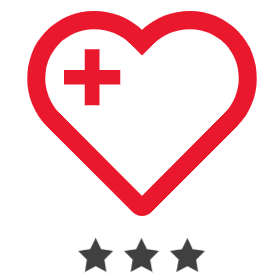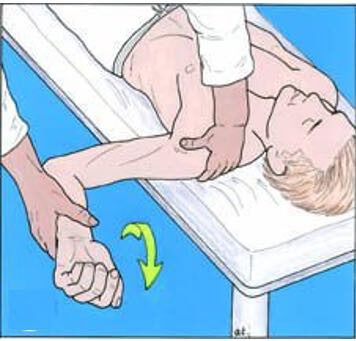Table of Contents
MUSCULOSKELETAL SYSTEM EXAMINATION NOTES
Musculoskeletal History:
- PC – Injury/Pain/Stiffness/Movement Limitation.
- HxPC:
- Acute or Chronic problem?
- Mech of injury – Utmost Importance!!
- Problems experienced:
- Pain Vs Tenderness. (+ Be mindful of referred pain)
- NILDOCARF
- Movement limitation
- Pain:
- Tendinopathy
- Impingement
- Sprain
- Labral
- Mechanical Block:
- Stiffness/Creakiness + Time of day & Duration
- Labral
- Frozen shoulder
- Pain:
- Instability (clicking/clunking)
- Joint swelling
- Night pain? (Lying on affected joint)
- Eg. Rotator cuff
- Eg. AC joint injury
- Eg. Collateral Knee Ligaments
- Eg. Bone Cancers
- Pain Vs Tenderness. (+ Be mindful of referred pain)
- Associated Rheumatologic Symptoms:
- Fever, Weakness, Faituge, Weight Loss, Conjunctivitis/Iritis.
- Progression with time (Trending Better/worse/same)
- Pmh, Meds, Famhx, Sochx, Systems Review
- Red Flags? (Ie. Things that if you miss ➔ mortality/morbidity)
- Open fractures
- Neurovascular compromise
- Cauda equina syndrome
- Infections (Joints/Bones)
- Acute Compartment Syndrome
- Cancer
- Temporal arteritis (high risk in pts with PMR – poly something rheumatica)
- Serious/life-threatening conditions that present with sx mimicking msk pain (eg. MI)
- Yellow Flags – Conditions ‘masquerading’ as msk conditions:
- Eg. Psychological – depression & back pain.
GALS Screen (Gait, Arms, Legs, Spine):
- Introduction, Wash Hands, Consent,
- Adequate Exposure!!! (Remove Shirt, Pants & Shoes)
- Gait – (Observe for Fluidity, Symmetry, Limp, Compensation, Foot Drop[L4,L5]):
- Walk to the other side of the room, Turn around, and walk back to me.
- Arms:
- Shoulder & Elbow:
- Raise hands up to the ceiling, then down behind your head. Push your shoulders backwards.
- Touch your fingers on your shoulders, and raise your elbows as high as you can.
- Lock your elbows into your side, and turn your arms outward as far as you can. (Ext.Rotation)
- Run your thumb up the middle of your back. (Internal Rotation)
- Push your hands as far back behind you as you can. (Extension)
- Touch your left thigh with your right hand (and Vice Versa) (Adduction)
- Supinate & Pronate your Hands
- Hands & Fingers:
- Splay your fingers wide + Resist me squeezing them.
- Fingers together + Resist me pulling them apart.
- Grip my fingers as hard as you can + Assess Grip Strength
- Make a fist
- Touch each of your fingers with your thumb.
- + Metacarpophalyngeal Sqeeze Test (For Tenderness)
- Shoulder & Elbow:
- Legs:
- 3x Half Squats (Patellofemoral Joint)
- 1x Full Squat (Knee Joint Proper)
- Ankle Eversion & Inversion
- Dorsiflexion & Plantarflexion
- Splay Toes & Scrunch Toes.
- Spine:
- (Feet shoulder-width apart)
- Observe for Lordosis, Kyphosis, Scholiosis.
- Bend from Lumbar Spine and reach for your toes
- Bend from Lumbar Spine and look at the ceiling
- Bend Sideways & Slide your hand down your thigh
- Neck Flexion (Chin on chest)
- Neck Extension (look at ceiling)
- Lateral Neck Flexion (Ear on Shoulder)
- Neck Rotation (Look to the side)
- Reporting on a GALS Screening.
- G – Normal/Abnormal + Comments on Findings
- A – Normal/Abnormal + Comments on Findings
- L– Normal/Abnormal + Comments on Findings
- S– Normal/Abnormal + Comments on Findings
- (Eg. Abnormal Arm (limited abduction of the shoulder to ?degrees))
- “Thankyou that concludes my examination”
Focused Joint Exam Algorithm (Shoulder or Knee):
- Look (Visual Inspection)
- Symmetry? (Size, Shape, Position, Height)
- Scars
- Redness
- Bruising
- Lumps
- Atrophy
- Swelling
- Feel (Palpate Relevant Anatomy for Tenderness, Heat, Swelling, Crepitus):
- Objective Findings:
- Tenderness
- Subjective Findings:
- Warm (Inflammation, Trauma, Infection, Tumour)
- Swelling (Effusion, Tumour)
- Crepitus (Osteoarthritis, Tendinopathy, Fracture)
- Objective Findings:
- Move (Active +/- Passive if Required):
- Symmetry?
- Active Movement in All Planes:
- Range of Movement
- Fluidity
- Pain with Movement
- If a pt can’t do something, ask them why? (Blockage/weakness/Neuro)
- (Passive – Only for Movements that were Limited)
- Measure (Range of Movement):
- Done at the same time as “Move”
- Compare with opposite side (ballpark – doesn’t have to be objective)
– +/- Special Tests:
-
- Shoulder:
- Empy Can Test (Supraspinatus Tear)
- Drop Arm Test (Supraspinatus Tear)
- Hawkin’s Kennedy Test (Impingement)
- Apprehension & Relocation Test (Instability)
- Shoulder:
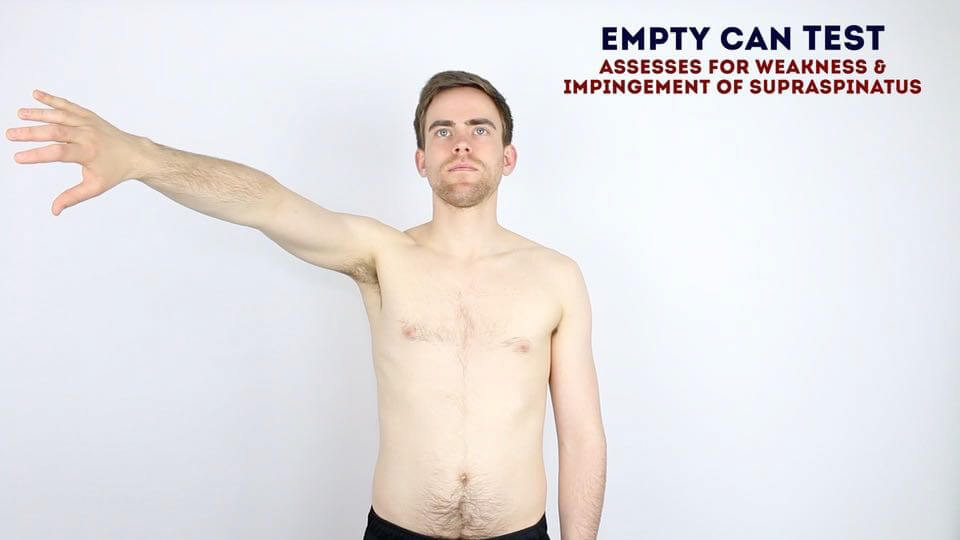
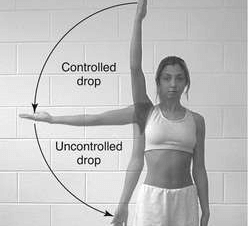
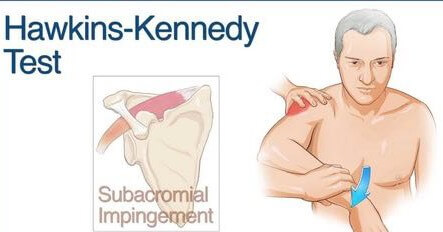
-
- Knee:
- Lachman’s Test (Anterior Cruciate Ligament)
- Thessaley Test (Meniscal Tear)
- Apley’s Grind Test (Meniscal Tear)
- Varus & Valgus Stress Tests (Collateral Ligament Tears)
- Half Squats (For Patellofemoral Maltracking Syndrome)
- Knee:
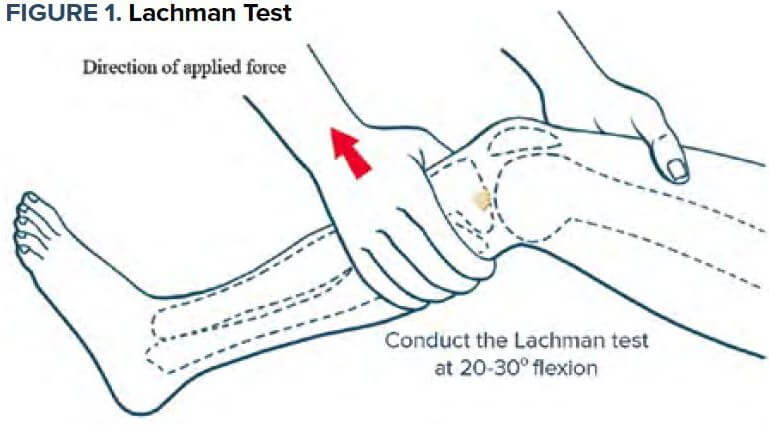
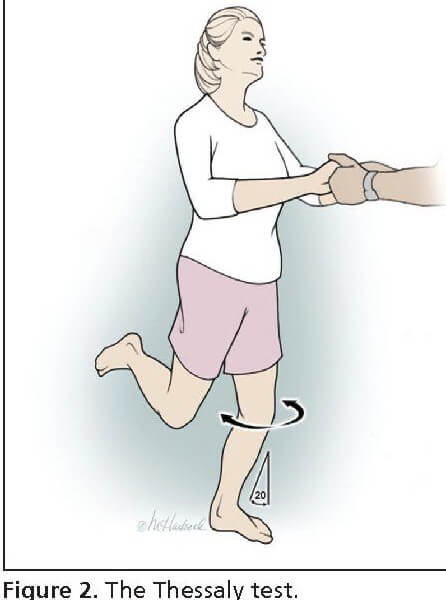
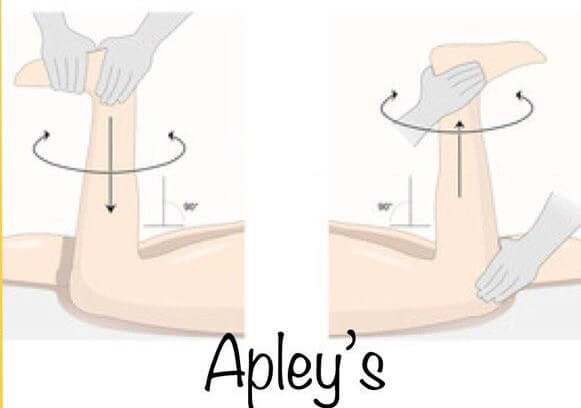
Focused Shoulder Examination:
- 1. EXPOSE THE PATIENT FULLY!!
- Look (Visual Inspection)
- Symmetry? (Size, Shape, Position, Height)
- Scars
- Redness, Bruising
- Lumps, Swelling
- Atrophy
- Feel (Palpate Relevant Anatomy for Tenderness, Heat, Swelling, Crepitus):
- Palpate BOTH joints (Say you’d like to examine the other side)
- Palpate Definite Anatomical Structures for Tenderness:
- Sterno-clavicular Joint
- Clavicle
- Acromio-clavicular Joint
- Gleno-humoral Joint Line
- Spine of Scapula
- Edges of the Scapula
- Feel for Heat, Swelling, & Crepitus
- Eg. “Non tender to firm palpation”
- Move (Active +/- Passive if Required):
- Symmetry?
- Active Movement in All Planes:
- Range of Movement
- Fluidity
- Pain with Movement
- If a pt can’t do something, ask them why? (Blockage/weakness/Neuro)
- (Passive – Only for Movements that were Limited)
- Eg. “Symmetrical and full ROM in all planes”
- Measure (Range of Movement):
- Done at the same time as “Move”
- Compare with opposite side (ballpark – doesn’t have to be objective)
- “Limited active extension of l-elbow to 150deg”
- (Clinical Presentations Requiring Special Tests):
- Tears – Eg. Supraspinatus Tear:
- Special Tests:
- “Drop Arm Test” – Passive abduction of pt’s arm ➔ let go and get them to lower arm as slow as possible. Arm Drops at around Parallel = Positive.
- “Empty Can Test” – Passive abduction of Pt’s arm with full internal rotation (ie. Emptying can). Push down and get them to resist your movement. Pain &/or Weakness = Positive.
- Special Tests:
- Impingement – Eg. Of Subacromial Contents:
- Subacromial contents get squashed between the humoral head and the acromion. (eg. Supraspinitis, Subacromial Bursa)
- Special test:
- “Hawkins test” – Pain = Positive, No Pain = Negative
- Passive Internal Rotation of Shoulder with elbow in 90deg and humerus at parallel to the ground.
- “Hawkins test” – Pain = Positive, No Pain = Negative
- Instability – Eg. Anterior Instability of Shoulder (ie. Post dislocation)
- Eg. Dislocation/Post Dislocation/Stretch of Anterior Capsule of the Shoulder
- Special Test:
- “Apprehension & Relocation Test” – Apprehension (not pain) in 1. Less apprehension in 2. = Positive
- 1. Patient lies on bed while you Abduct & Externally Rotate their arm to precipitate apprehension (Ie. High five position)
- 2. Same thing, but with pressure on the anterior capsule. (This should be much more bearable for the patient.)
- “Apprehension & Relocation Test” – Apprehension (not pain) in 1. Less apprehension in 2. = Positive
- Tears – Eg. Supraspinatus Tear:
Focused Knee Examination:
- 1. EXPOSE THE PATIENT FULLY!!
- Look (Visual Inspection)
- Symmetry? (Size, Shape, Position)
- Scars
- Redness, Bruising
- Lumps, Swelling
- Atrophy/Wasting
- Feel (Palpate Relevant Anatomy for Tenderness, Heat, Swelling, Crepitus):
- Palpate BOTH Knees (Say you’d like to examine the other side)
- Palpate Definite Anatomical Structures for Tenderness:
- Quadriceps Tendon
- Patella (+ Patella “Tap” test for Effusion)
- Patella Tendon
- Tibial Tuberosity
- Joint Line
- Collateral Ligament Attachments.
- Feel for Heat, Swelling, & Crepitus
- Eg. “Non tender to firm palpation”
- Move (Active +/- Passive if Required):
- Symmetry?
- 3x Half Squats (Patellofemoral Joint)
- 1x Full Squat (Knee Joint Proper)
- Range of Movement
- Fluidity
- Pain with Movement
- If a pt can’t do something, ask them why? (Blockage/weakness/Neuro)
- (Passive – Only for Movements that were Limited)
- Eg. “Symmetrical and full ROM in all planes”
- Measure (Range of Movement):
- Done at the same time as “Move”
- Compare with opposite side (ballpark – doesn’t have to be objective)
- “Limited active extension of l-elbow to 150deg”
- (Clinical Presentations Requiring Special Tests):
- Acute Knee pain:
- Cruciate Ligament Tear (“went to change direction, felt something pop, and was swollen within hours” = ACL)
- Lachman’s Test – Pt supine, examiner’s knee under pt’s knee, stabilise femur with one hand, move tibia ant-&-post firmly. Positive if displacement > other side.
- Anterior Drawer – (NB: Only really useful in an anaesthetised, paralysed pt. NB. A conscious pt will guard). Pt supine, knee bent to 90deg. Sit on pt’s foot. With 2 hands apply anterior force to the tibial head. Positive if Anterior Displacement is > than other side.
- Meniscal Tear
- **Thessaly Test (For Meniscal Tear) – Hold hands standing. Stand on 1 foot. Bend the weight-bearing leg 20o. Do the Twist. Pain = Positive. (NB: Pt must point to source of pain – same place both times)
- Collateral Ligament Sprains/Tears
- Valgus & Varus Stress Tests –Pt supine, support knee from below, 30deg flexion & apply valgus & varus stresses. (Positive = Laxity/gaping.)
- Patellofemoral Mal-Tracking Syndrome. Tracking of the Patella through it’s groove isn’t right; or groove isn’t straight; or vastus medialis isn’t working properly.
- Cruciate Ligament Tear (“went to change direction, felt something pop, and was swollen within hours” = ACL)
- Acute Knee pain:
-
-
-
- ➔ Pain with stairs/squatting
- Half squats – Good indication of patella-femoral function
-
-
Thank You so Much. Happy Learning!!
